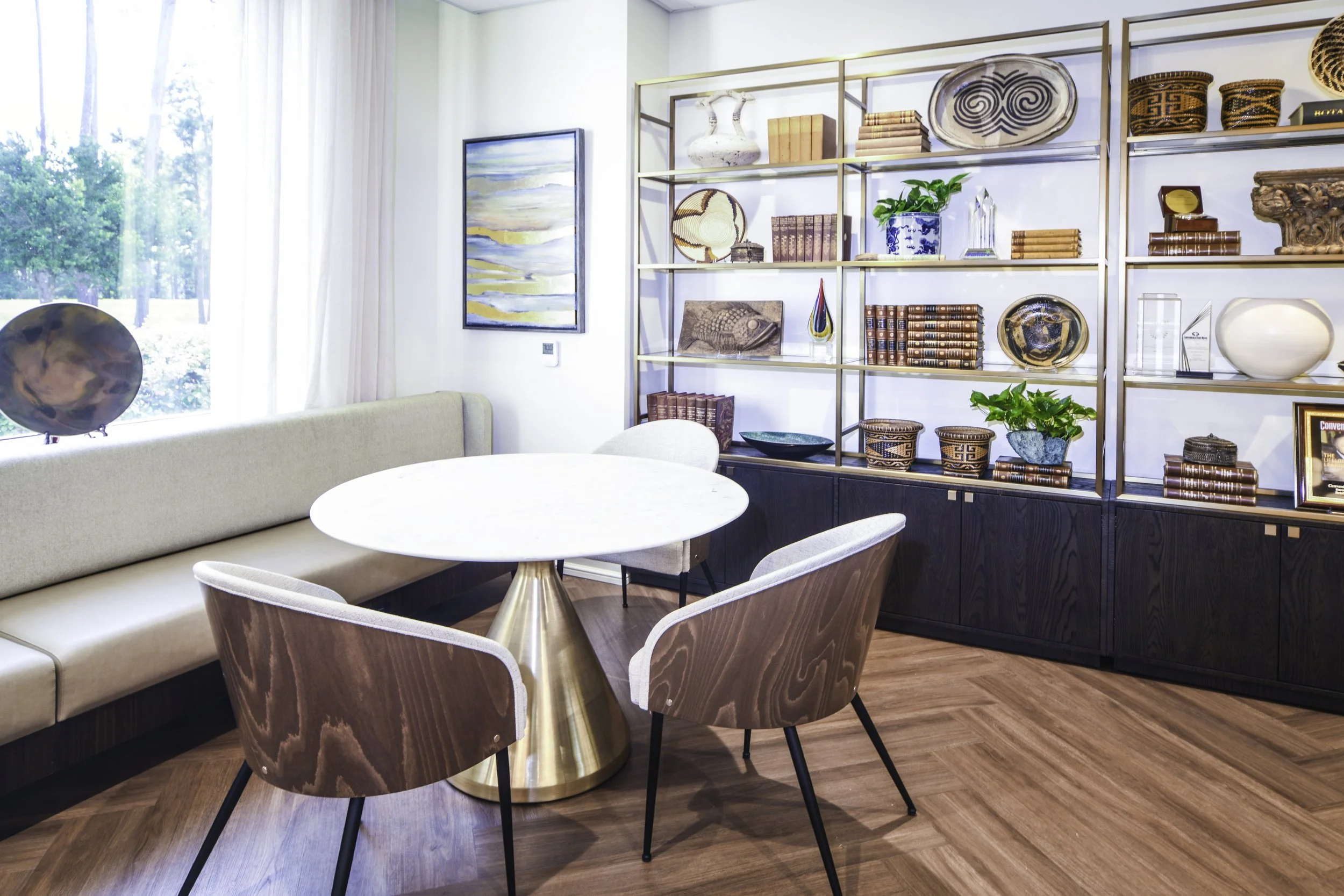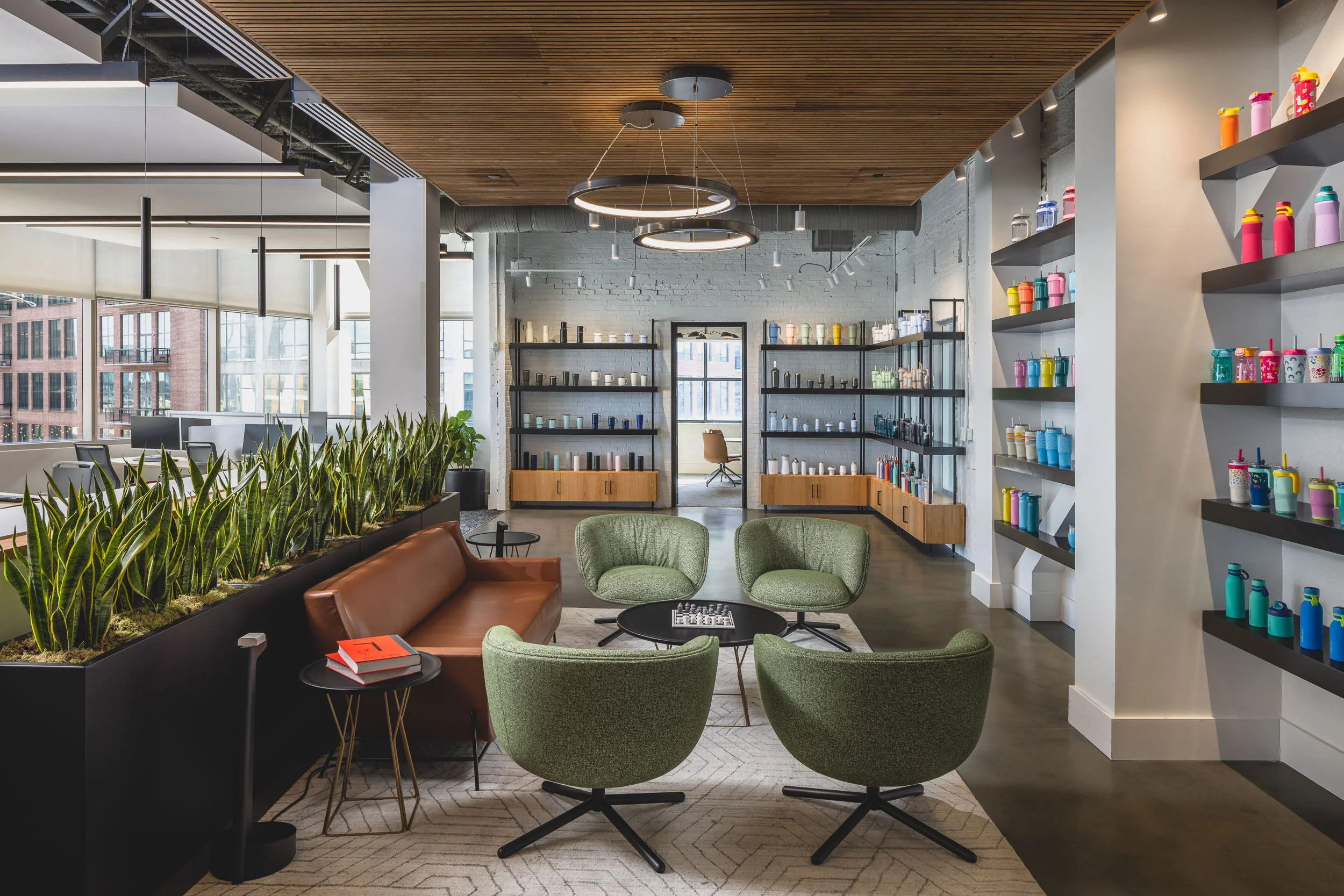The Psychology of Design: How Furniture Shapes How We Work and Feel
This morning, I stepped into a conference room for what should’ve been a simple meeting, but something felt off. The lights were too bright, the chairs were stiff, and the plain walls did little to inspire. Instead of feeling ready to collaborate, I found myself distracted, disengaged, and eager to leave.
It wasn’t the meeting agenda throwing me off, it was the space itself. It made me wonder: how often do we underestimate the role our environment plays in how we think, feel, and perform?
In today’s evolving work culture, productivity isn’t just about meeting deadlines or using the latest tools. It’s also deeply influenced by design. From furniture choice to room layout, every element in a workspace sends signals that impact our mood, mindset, and performance. Let’s dive into each piece that completes the picture of a thoughtfully designed and executed workspace.
Why Furniture Design Matters
Furniture does more than fill a room, it shapes the experience within it. The shape of a chair, the color of a desk, the texture of a couch- these elements set the emotional tone of a space. They influence how people collaborate, focus, relax, and create.
Shapes and Forms Influence Behavior
Humans naturally respond to certain shapes. Rounded, organic forms feel warm and approachable, making them ideal for collaborative areas where connection matters. Think: circular tables, curved chairs, soft edges.
On the flip side, angular, geometric lines convey structure and discipline- perfect for focus-driven spaces like private offices or heads-down zones. The form of the furniture quietly directs behavior and when executed properly, we’re often unaware of its influence.
Texture and Material Affect Mood
Furniture isn't just about aesthetics. It's a tactile experience. A plush chair in velvet or wool creates a feeling of comfort and calm. In contrast, cold plastic or metal surfaces may feel harsh or impersonal.
Natural materials like wood, leather, and woven fabrics help ground us, subtly linking us to nature and reducing stress. When thoughtfully combined, textures can make a space feel both professional and personal, a place people want to be.
The Psychology of Color
Color goes beyond decorating, it directs energy. Cool tones like blue and green promote focus and calm, making them ideal for quiet zones or solo workspaces. Warm earth tones like terracotta and camel add warmth and welcome, while bold accent colors like mustard or teal bring energy and spark creativity.
Smart use of color helps define a room’s purpose and shape our emotional response to it.
Comfort, Ergonomics, and Well-Being
People do their best work when they’re comfortable. Ergonomic chairs, adjustable desks, and supportive seating can reduce strain and keep energy levels high. Even small improvements, like better back support or a height-adjustable desk, can make a big difference over the course of a long day.
When comfort is prioritized, productivity follows.
Layout, Flow, and Flexibility
Good design is about how everything fits together. A well-thought-out layout includes quiet areas for focus, open zones for teamwork, and flexible spaces that can evolve with changing needs.
Modular furniture, movable pieces, and clearly defined zones allow a space to function and adapt without sacrificing cohesion. In the age of hybrid work, that flexibility is more important than ever.
Final Thought: Design That Works as Hard as You Do
Design goes beyond aesthetics; it's about shaping spaces that enable people to perform at their highest potential. When we pay attention to shape, color, texture, and flow, we create spaces that support comfort, creativity, and collaboration.
As hybrid work becomes the norm, the demand for human-centered, adaptable design continues to grow. From sit-stand desks to biophilic design elements, the modern workplace is evolving to prioritize experience and well-being.
That’s why at CE, we partner with innovators like MillerKnoll, whose research-driven furniture solutions are built to enhance wellness, collaboration, and performance. Together, we help organizations create inspiring environments where people thrive.
Read more about MillerKnoll to explore how furniture design can support healthier, more productive work environments.
Need help designing a workspace that truly works? Contact us. We’d love to help you build a space that supports your team’s best work.



